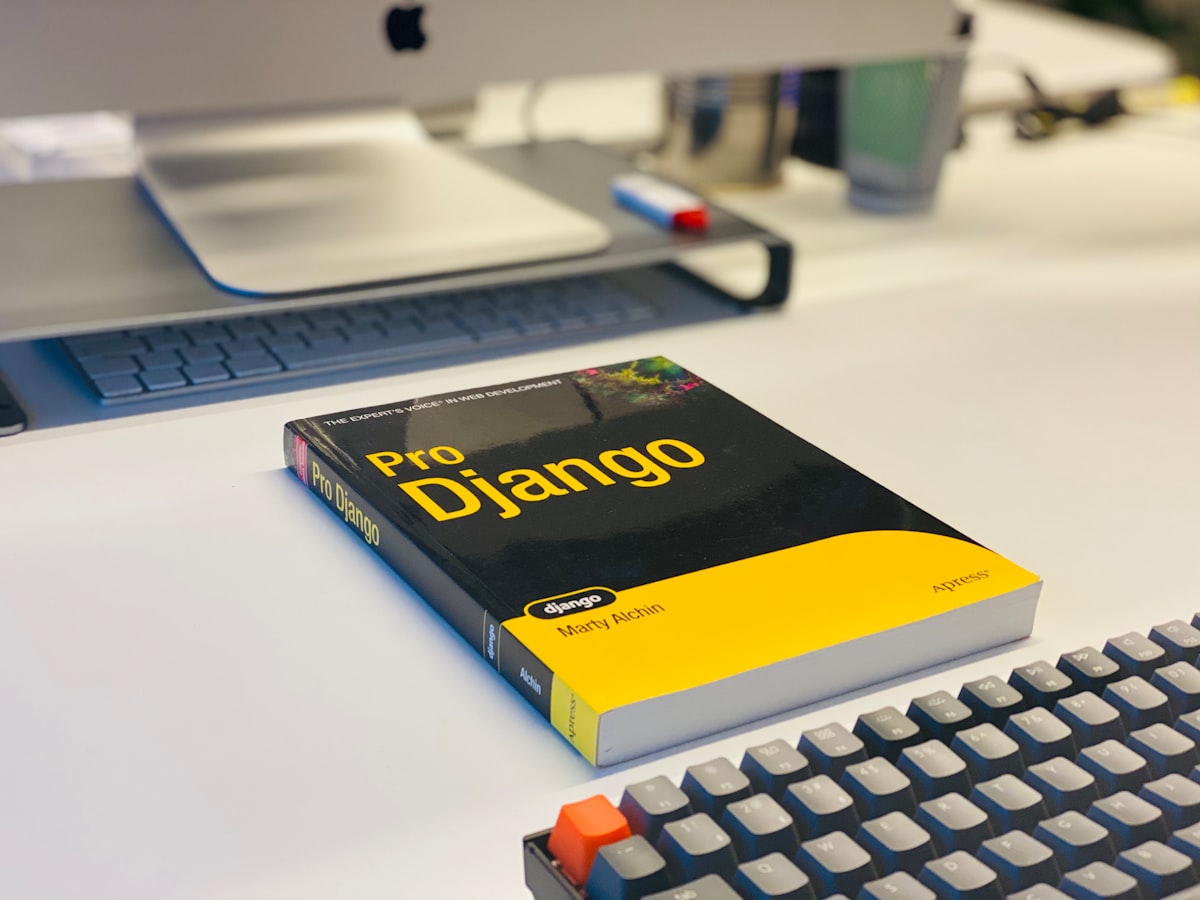Python - a loved, but eternally flawed language

Python, a language that has permeated the tech industry, is often praised for its simplicity and ease of use. Fields such as AI and Data Science seem to be all about it.
However, when we strip away the veneer of convenience, we are left with a language that presents numerous challenges, particularly in long-term development and large-scale projects.
The reason for this article? I've mostly used strict languages and moved to a project spearheaded by a Python development team. It can be quite a shock at how different the development process can be between say, Python and stricter JVM-focused languages, Go or C#. Please expect bias in this article!
Dynamic Typing = A Source of Silent Errors
Python’s dynamic typing is both a blessing and a curse. On one hand, it allows for flexibility and rapid development. On the other, it can lead to subtle, hard-to-detect errors. Imagine a large-scale project where a single untyped variable propagates through the codebase, causing a chain reaction of bugs.
These errors remain dormant until they suddenly explode at runtime, leaving developers scratching their heads. The lack of enforced type safety means that Python won’t catch these issues until it’s too late. While dynamic typing can enhance productivity, it also demands vigilance and thorough testing.
While dynamic typing grants flexibility, it also conceals lurking dangers. Consider this example:
def calculate_total(items):
total = 0
for item in items:
total += item
return total
# Usage
shopping_cart = [10, 20, "30", 40]
print(calculate_total(shopping_cart)) # Oops! Concatenation instead of addition
In this case, the dynamic typing allowed the string "30" to silently slip into our numeric calculation, resulting in unexpected behavior.
Simplicity?
Python’s simple syntax is often praised as its hallmark. It encourages readability and conciseness, making it an excellent choice for beginners. However, this simplicity can be deceptive.
Novice developers, drawn in by Python’s elegance, may fall into the trap of writing code that “works” but lacks structural integrity. They may prioritize quick solutions over long-term maintainability.
The code passes initial tests, but when deployed in a production environment, it reveals its flaws. The illusion of simplicity can lead to costly mistakes, especially as projects evolve and requirements change.
Novice developers often fall into the trap of writing code that “works” but lacks structural integrity. Take this snippet:
def divide(a, b):
return a / b
result = divide(10, 0) # Division by zero – a runtime disaster
The code passes initial tests, but in production, it crashes. The illusion of simplicity can lead to costly mistakes.
Scalability Concerns
As applications grow, Python’s robustness issues become apparent. Memory management, concurrency, and performance all come under scrutiny. Python’s memory footprint can balloon unexpectedly, impacting server resources. Its Global Interpreter Lock (GIL) restricts true parallelism, hindering multi-threaded applications.
For high-traffic systems, Python’s limitations become glaring. While it excels in scripting and prototyping, it struggles to keep pace with the demands of large-scale, production-grade systems.
Languages like Go and Java, designed with scalability in mind, offer better solutions for such scenarios.
As projects grow, Python’s robustness issues emerge. Memory management and concurrency become bottlenecks. For instance:
# Inefficient memory usage
def factorial(n):
if n == 0:
return 1
else:
return n * factorial(n - 1)
# Try factorial(1000) – stack overflow!
Python’s recursive approach consumes excessive memory, making it unsuitable for high-traffic systems.
Legacy of GIL
The Global Interpreter Lock (GIL) is a relic from Python’s past that continues to haunt its present. Originally introduced for thread safety, the GIL ensures that only one thread executes Python bytecode at a time.
While this simplifies memory management, it severely limits multi-core utilization. In a world where multi-core processors are ubiquitous, Python’s GIL becomes a bottleneck.
Developers resort to workarounds like multi-processing, which introduces complexity and overhead. The GIL persists as a legacy issue, frustrating those who seek true parallelism.
import threading
def perform_task():
# Intensive task here
threads = [threading.Thread(target=perform_task) for _ in range(10)]
for thread in threads:
thread.start()
for thread in threads:
thread.join()
# Despite creating threads, the GIL limits true parallelismInconsistent Language Design
Python’s design philosophy is a double-edged sword. While it encourages creativity and multiple ways to achieve a goal, it also leads to inconsistency.
Different libraries may adopt divergent conventions, leaving developers puzzled. Consider string formatting: f-strings, .format(), and concatenation are all valid approaches. This lack of uniformity affects code readability and maintainability.
In contrast, languages like Kotlin and Java adhere to stricter guidelines, resulting in cleaner, more predictable codebases.
As an example, multiple ways to achieve the same result lead to confusion:
# String formatting options
name = "Alice"
greeting = f"Hello, {name}!"
# Or: greeting = "Hello, {}!".format(name)
# Or: greeting = "Hello, " + name + "!"
This lack of uniformity hampers code readability and maintainability. It isn't even readable syntax compared to, say, Kotlin.
Dependency Hell
Python’s package management can be a labyrinth. The ease of installing third-party packages comes with a price: dependency conflicts. As projects accumulate dependencies, maintaining compatibility becomes challenging. Different packages may require conflicting versions of the same library.
Resolving these conflicts involves detective work, trial and error, and sometimes compromises. The infamous “dependency hell” can trap even seasoned developers, leading to frustration and wasted hours. It's almost as bad as JavaScript.
Conflicting dependencies create a tangled web:
# Two packages requiring different versions of the same dependency
import package_a # Requires library X v1.0
import package_b # Requires library X v2.0
# Result: Unpredictable behavior or runtime errorsLack of Modern Features
Python, despite its popularity, often lags behind in adopting modern programming features. While recent versions introduced type hints and pattern matching, other languages had these features long ago.
For example, Scala’s pattern matching has been a staple for years. Python’s slow adoption rate can hinder innovation and productivity, especially when developers crave expressive tools to tackle complex problems.
# Python 3.10 introduced pattern matching
match value:
case 0:
print("Zero")
case _:
print("Non-zero")
# But languages like Scala had this years agoPoor Refactoring Support
Refactoring Python code is akin to untangling a web of spaghetti. Its dynamic nature makes automated refactoring tools cautious. Without strict types, these tools struggle to predict the impact of changes accurately.
# Refactoring this function is risky
def process_data(data):
# Process data here
# Manual review and testing become essentialAs a result, developers often rely on manual review and extensive testing during refactoring. The lack of robust refactoring support hampers maintainability and increases the risk of introducing new bugs.
Summary
It becomes clear that Python, while accessible and popular for certain applications, is fraught with challenges that can hinder development, especially as projects grow in complexity and size.
In summary, while Python may offer some convenience features like Django Admin and ease of use in AI, these do not compensate for its fundamental flaws. For robust backend development, developers are better served by languages that offer strict typing, better performance, and a more coherent design philosophy. Python, with its messy design and lack of efficiency, is often not the wisest choice for serious development endeavors.
For those seeking a more reliable and scalable solution, languages like Kotlin, Java, or Go offer a more structured and performance-oriented approach, making them preferable choices for serious backend development.





